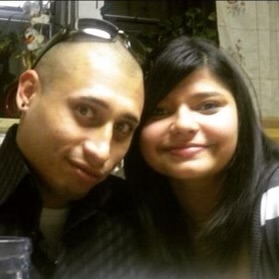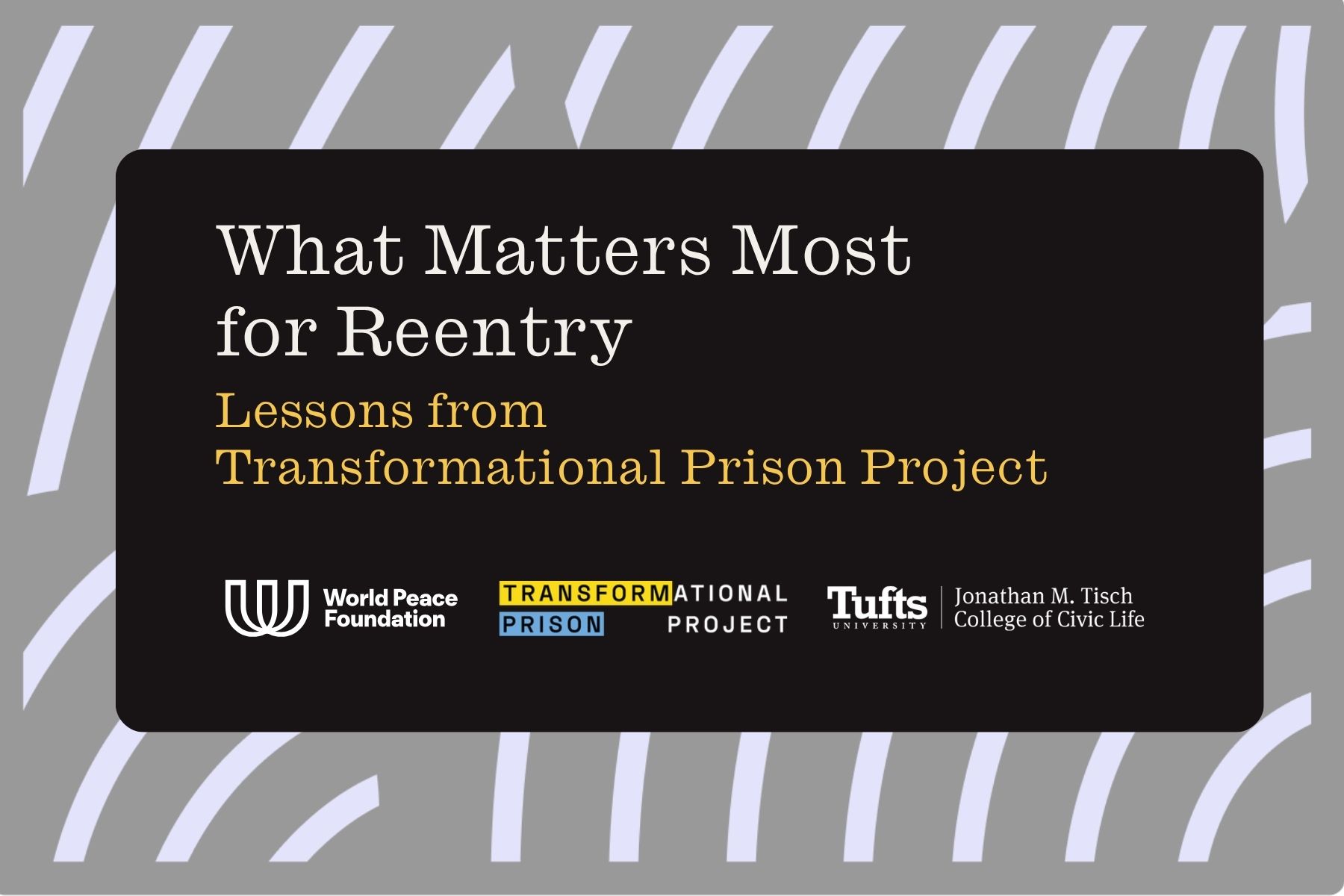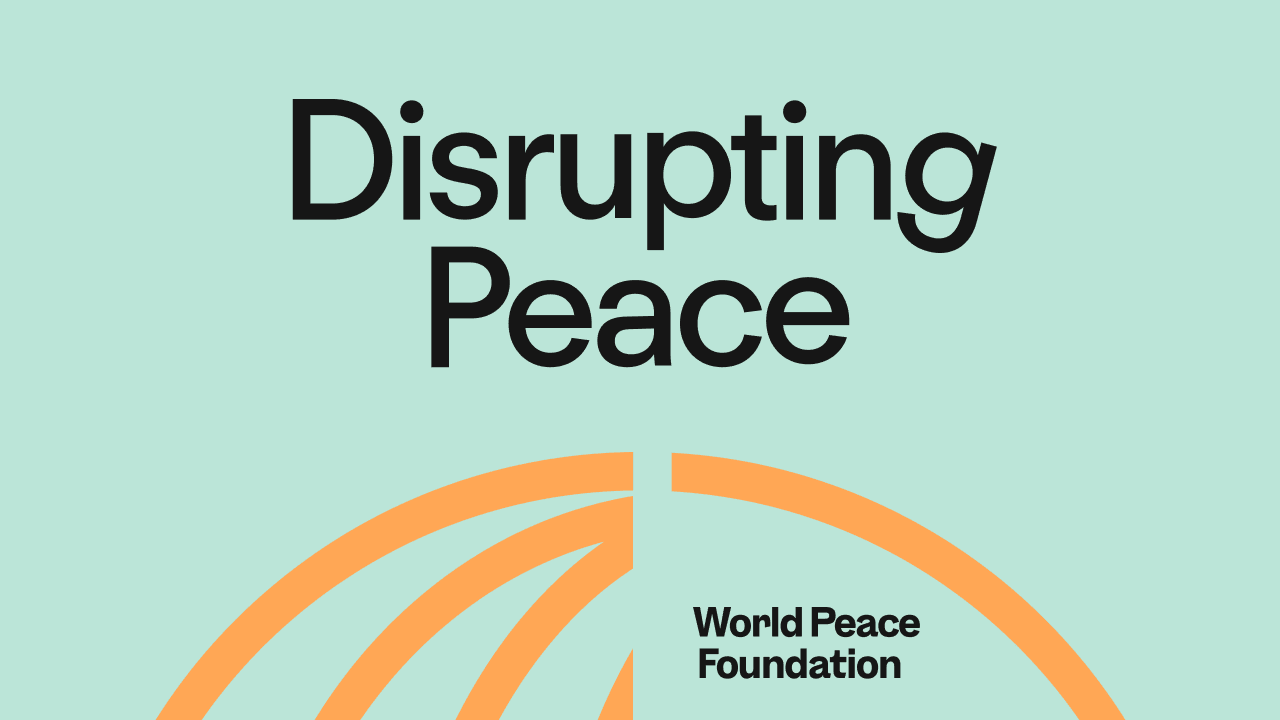Trigger warning: The content of the piece, which discusses suicide in detail, may be mentally or emotionally challenging.
I remember when Bryan died. Suddenly, I didn’t hear our favorite hip hop songs blaring from across the office as his sister, Ashley, rapped along. It was silent. Every morsel of happiness that once permeated our workplace was gone.
On November 15, 2016, Bryan Charles Martinez, who was only 29 years old, was found dead in cell number 108 at San Miguel County Detention Center (SMCDC) in Las Vegas, New Mexico. According to a Las Vegas Police Department Incident Report, at 12:07am, Bryan was discovered hanging from the top bunk of his bed in his jail cell. In his suicide note, he wrote: “I just wish I wasn’t such a bad person.”
I have reread this sentence repeatedly trying to grasp what it means to be a “bad person.” Who determines whether or not you are a “bad person?” Is it the police, courts, corrections, or even the news outlets? When does an individual go from doing “bad” things to having their entire character placed into the categorization of “bad?”
The Cycle of Trauma and Abuse
Traumatic experiences are a risk factor for contact with the criminal justice system. According to the Compassion Prison Project, 98% of the prison population has at least one adverse childhood experience (ACE). Additionally, without intervention, people who have 4 or more ACEs are 7 times more likely to go to prison and 15 times more likely to attempt suicide.
Bryan’s life was scarred by a series of traumatic events.
When Bryan was a child, his father frequently abused alcohol and drugs, and while on these substances, he became verbally and physically abusive towards his mother, sister, and himself. During his early teen years, Bryan began to experiment with alcohol and marijuana, which led him to his first arrest for a DWI at the age of 17. Bryan was almost kicked off the football team for his mistake. That was the first time he attempted suicide by trying to overdose on sleeping pills. During the same year, Bryan was hospitalized after he was hit in the head with a baseball bat when six “guys” physically assaulted him.
Then, when Bryan was 25 years old, his life took a turn for the worse. Not only did his parents get a divorce and his mother relocated to Albuquerque, but he also lost his best friend to gun violence. Bryan’s anxiety and depression significantly increased during this time, and he began to rely more heavily on drugs. As Ashley told me, “He started off with weed at first. Then, when he moved to Albuquerque (and moved away from our small town), he kind of elevated into harder drugs: into cocaine, cocaine led to ecstasy, ecstasy led to meth, meth led to heroin, and heroin led to trouble.” He fell into a pattern of daily IV use of methamphetamines in combination with heroin. Bryan was incarcerated on several occasions for minor offenses. Until May 2015, after being awake for “six or seven days” on drugs, he “struck” his 3-year-old stepchild for not listening to him when he was trying to get the child out of the bath. Bryan pled guilty to child abuse. He expressed remorse and guilt stating, “I would never want that done to my child. I am not a violent person. I have no history of violence.”
The Prison Policy Initiative states, “Rather than providing treatment or rehabilitation to disrupt the ongoing trauma that justice-involved people often face, our criminal justice system functions in a way that only perpetuates a cycle of violence.” This is reflected in Bryan’s suicide note: “I’ve been beaten for so long and nothing gets better for me. It is better this way, no more pain for me…” It is through this cycle of violence that “badness” is internalized. But Bryan was not “bad,” he was a traumatized child, who became a traumatized man who committed harm. He was in desperate need of violence interruption – and our current system is antithetical to the care that these types of interruptions demand. Instead, individuals who are suffering are sent to jails and prisons where they are met with even more brutality.

A Preventable Death at SMCDC
When she got the call to go to her parents’ house, Ashley immediately knew why. “It’s my brother. It’s my brother. I know it. I felt it. I got to [my parent’s house], and the cops had just left.” Their family was notified that Bryan was dead, but there was little other information to help them understand what happened. “We didn’t have any details though,” Ashley explained.
The population of Las Vegas, New Mexico is small: just over 13,000. Its local newspaper, the Las Vegas Optic, publishes the SMCDC’s jail log, serving small town gossip as scandalously as any tabloid magazine. They had the details of Bryan’s death before Ashley’s family did. On the day of his burial, the Optic published another article about Bryan, describing him, as Ashley tells me, “like a monster.”
Bryan completed suicide the day after he was sentenced to two and a half years on charges of child abuse, and three days after a physical confrontation with another incarcerated person. According to a SMCDC Incident Report dated November 11, 2016, Bryan told a correctional officer that another person, incarcerated in F-pod, “got his tray and hit him with it and then he just stayed punching him” until the officer entered the pod. The jail’s medical evaluation, provided by Health Care Partners Foundation, stated that Bryan had “several bumps, one on his upper left cheek as well on his head.” After this incident, Bryan was involuntarily placed into the C-Pod – segregation – because he was supposedly “in danger of bodily harm or violent acts from other inmates if he or she remains in [the] general population.” Because violence is accepted as a normal component of the prison, people who are violently assaulted (by other people who are incarcerated or correctional officers), rarely, if ever, receive mental health support after such incidents take place. The blows are passed over, as if it weren’t a human receiving them.
Nonetheless, it is well known that the experience of incarceration is itself traumatizing, apart from anything that a person may have experienced before they enter. There are well-documented triggers for suicide. The training material given to detention officers at SMCDC, “Suicide Prevention: A Proactive Solution,” highlights high risk suicide periods, including the first 24 hours of confinement, waiting for trial, and – the point Bryan was at – sentencing. Additionally, the training material states that “suicidal inmates should be housed in the general population, if they are isolated, they must be under continual staff supervision.” The training materials consistently state that suicides in prisons are preventable and dictates the actions that should be taken to prevent them. Staff were trained to mitigate such a horrific act from happening. Yet none of these measures were taken by the staff at SMCDC to ensure Bryan’s safety, despite the known fact that Bryan had previously attempted suicide.
“I trusted the system. I trusted the fucking system. I told my parents to trust the fucking system because I thought it would help. You know, I was absolutely wrong,” said Ashley. Ashley is not the only one who has been duped by the criminal justice system, and their promises to rehabilitate those who have committed harm, many of us with incarcerated loved ones have fallen for the myth that prisons will make us safer. In cases where a loved one struggles with drug addiction, families often feel at a loss – prison is horrible, but maybe, just maybe, since few other resources are available, it will help someone turn around. But as Ashley learned, “They don’t treat any person who goes through those doors as a person.”
This painful lesson is not distinct to my friend’s family. It has been documented in studies that examine the record across the United States. As a team of researchers led by Katherine LeMasters recently found (2023):
Time in prison is associated with poor mental health both during and post-incarceration. High levels of stress, a loss of autonomy, removal from social networks and communities, inhumane and often unpredictable living conditions, and little to no mental health treatment access can create the perfect storm for mental health crises in prison (p.2).
Shortly after Bryan died, Ashley’s family decided to seek accountability. They pursued a wrongful death suit.
In the complaint, the family alleged that “based on Bryan Martinez’s history of drug addiction and mental health problem and the imposition of a long prison sentence, an appropriate, professionally done intake evaluation would have identified Bryan Martinez as a possible suicide risk.” Additionally, they charged that SMCDC employees were not properly trained or supervised with regard to suicide/self-injury prevention. The sum effect, they argued was that SMCDC employees “were deliberately indifferent to the risk” to Bryan’s health and safety.
Ashley’s family won the suit, but the process was excruciating. She states:
I had to remind them numerous times throughout our case, especially through the mediation, can you stop talking about my brother as if he is a number? Can you stop talking about my brother as if he is a used car? Can you stop talking about my brother as if he is a piece of trash? Please.
Even as they sought redress for the negligence that resulted in his death, Bryan’s family had to fight against a system that refused to treat him as human, worthy of kindness and dignity.
Unreliable Data on Suicides in Correctional Facilities
Bryan’s story is far from unique. Suicide is the leading cause of death in prisons. According to the US Department of Justice, from 2001 to 2019, the number of suicides increased 85% in state prisons, 61% in federal prisons, and 13% in local jails. Behind these statistics are individuals, families, and communities that are forever marked by the death of a loved one – and these statistics do not account for all of the deaths in US jails and prisons, nor are they up to date. In their report, “Suicides in State Prisons in the United States: Highlighting the Gaps in Data,” LeMasters et al. (2023) claim that the Bureau of Justice Statistics lags approximately three years behind. The authors state, “the 2000 Death in Custody Reporting Act requires that states provide these data freely, yet the majority of states do not” (p. 1).
The authors graded each state on its provision of accurate and up to date data. New Mexico received a “C” in reporting, revealing that the state provides sparse, infrequent, or outdated data.
As I researched the story of what happened to Bryan, I found that the LeMasters et al.’s analysis may have been generous with the grades. In March, I submitted a Freedom of Information request to the Human Resource Director in San Miguel County, Eileen Sedillo, asking for the public records regarding the number of people who have died while incarcerated at SMCDC from 2013-2023. Antonio Padilla, the Warden of SMCDC, provided the names of those who had died at SMCDC, but claimed to not have Office of Medical Investigator (OMI) reports for either incident, which is a mandatory in all cases where a “death occurring in the State of New Mexico [that] is sudden, violent, untimely, unexpected.”

I knew that an OMI report existed because Ashley had access to Bryan’s report. I followed up with Eileen Sedillo, but as you can see below, my correspondence with her was largely unhelpful.

LeMasters et al. conclude their report on missing data about suicides in American prisons by arguing that: “There is a need for reliable, real-time data on suicides, suicide attempts, and conditions of confinement to better understand the harms of the carceral system and to advocate for change” (p.1). But as they, and everyone who attempts to document conditions inside American prisons, jails, and other detention sites knows, detention in America not only locks people inside, it also locks transparency out.
How can we understand the harms of this system if those in power hide data on deaths in-custody? The short answer is that we don’t, which is exactly why correctional facilities try to prevent this information from being accessed.
It’s the System that’s Bad, Not the Individual
I keep returning to Bryan’s final words: “I just wish I wasn’t such a bad person.” How did this harmed child, become a harmed man who hurt another child have a chance?
If Bryan was to ever have chance to see himself differently it was not going to come through exposure to the carceral system. Punitive accountability seeks to hold individuals responsible for their actions without acknowledging the very real harm that is sustained and reproduced by systematic violence. Bryan should have had the opportunity to be held accountable for his actions, but as many of us who have experience with the carceral system know, sitting in a prison cell is passive form of accountability that does not inherently facilitate the justice-based practices that are necessary for healing (for the victim, perpetrator, and the families and communities of both) when a person commits harm.
Across the country, prisons and jails are used as de facto detoxification centers and mental health facilities with absolutely no infrastructure to function as such. Prisons have historically been, and continue to be, some of the most violent institutions that exist. People who work inside them often know this. Dr. Nneka Jones Tapia, former Warden of Cook County Jail and Managing Director of Justice Initiatives at Chicago Beyond, states, “Even when the reality of trauma in correctional institutions is fully appreciated, policies often focus on programs for people who are incarcerated as if they are the problem, instead of on the system itself.”
While working on this essay, I received a call from my 32-year-old brother who is incarcerated at Greenville Detention Center in South Carolina. He told me that a man who resided in the same cell as him completed suicide. He alleged that the correctional officer that found him in the bathroom was fired because he did not promptly and effectively initiate life-saving measures, such as first aid and CPR. All I can think about is how this system strips everyone of their humanity. We talk about how people who commit harm are unsafe, and have to be put behind bars, but never stop to wonder how violent a system has to be in order to watch someone die without doing anything to help them.
Ashley remains furious and deeply pained by her brother’s death: “that could be anybody’s somebody. Anybody’s somebody. And, until it is, nobody fucking gets it.”
We, all of the system-impacted people, are begging you to get it. It’s the system that’s bad, not Bryan, not my brother. Incarceration does not make them or anyone on the outside safer. It doubles down on dehumanization and the violence that results from it. Until we realize that prisons will never provide the accountability nor the rehabilitation that we need to ensure safe communities, we will continue to suffer preventable deaths.



